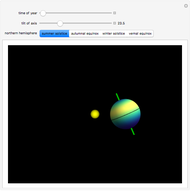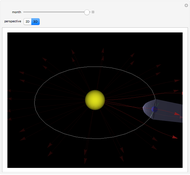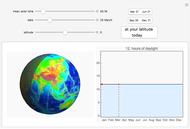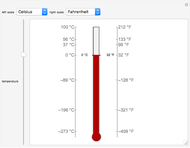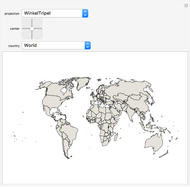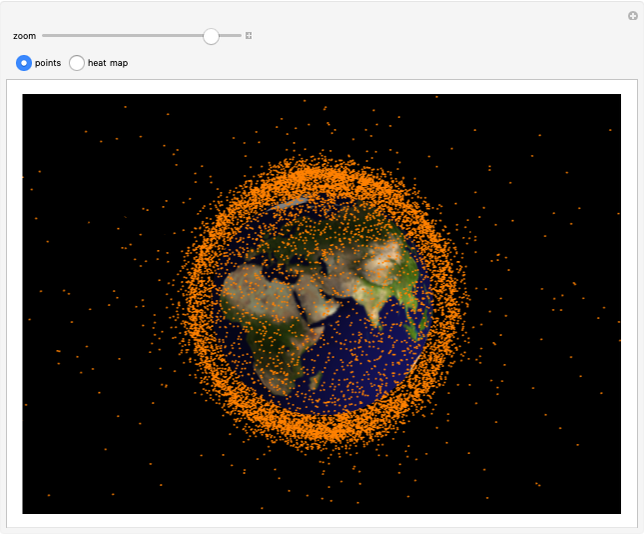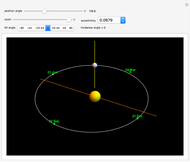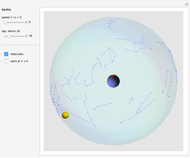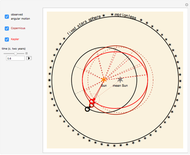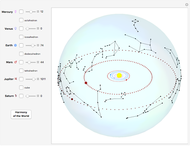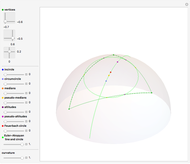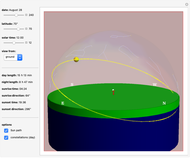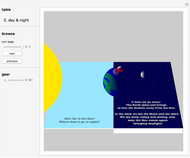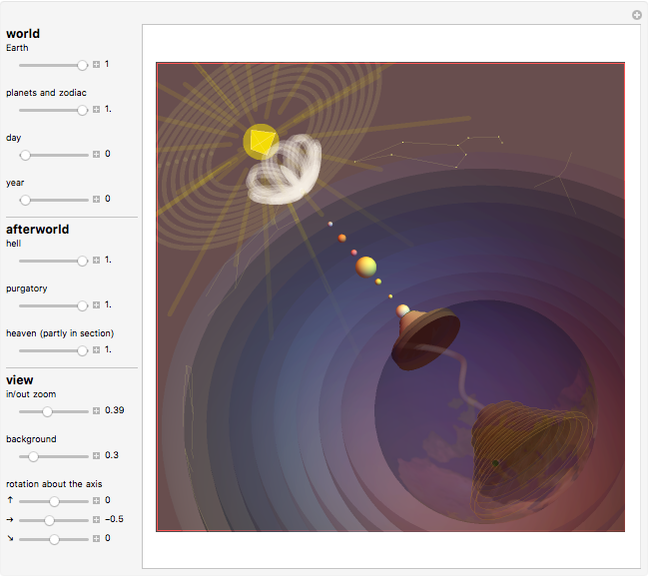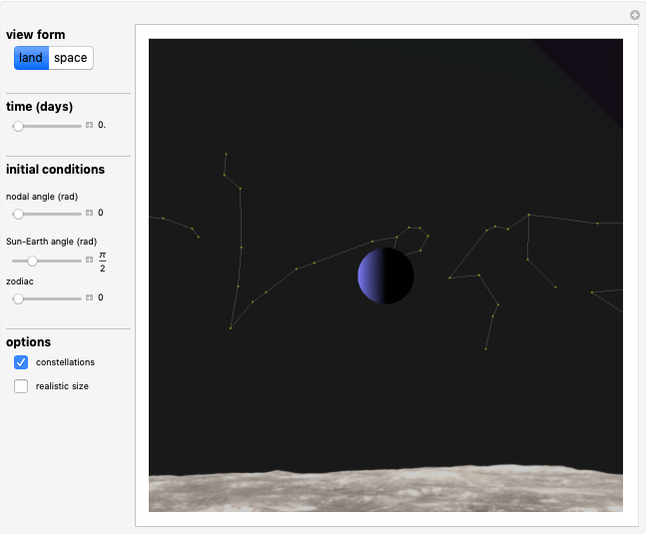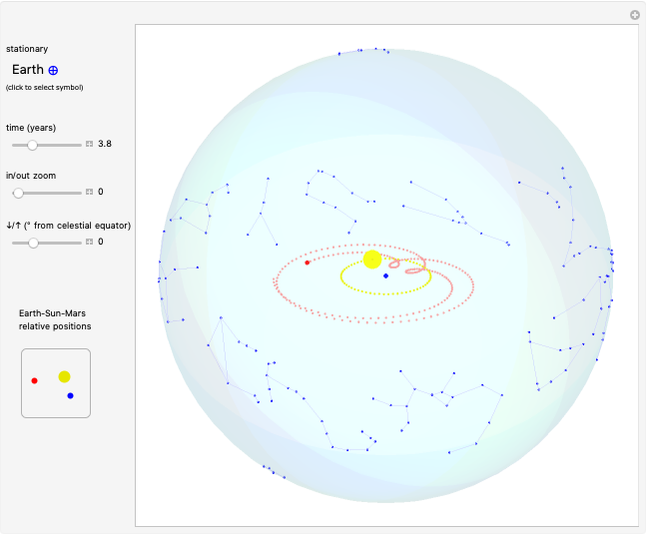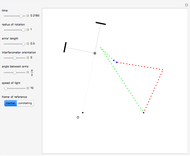Seasonal Variations of Day and Night

Requires a Wolfram Notebook System
Interact on desktop, mobile and cloud with the free Wolfram Player or other Wolfram Language products.
As has been well known since ancient times, a spherical Earth is the simplest geometrical model that quantitatively explains the seasonal variations of day and night at different latitudes. This Demonstration lets you compare the observed paths of the Sun and stars at different latitudes for each day of the year (viewed from the ground) with the spherical Earth model (viewed from space), with quantitative predictions.
Contributed by: Paolo Maraner (September 2016)
Open content licensed under CC BY-NC-SA
Snapshots
Details
A careful observer may notice that the agreement with observed day and night lengths, sunrise and sunset times and directions is good but not without discrepancies. In ancient times, the fine-tuning was obtained by introducing corrections based on "equants" and "eccentrics" [1]. These notions were still accepted in Copernican astronomy. Our present-day understanding is based on the work of Johannes Kepler in 1609, based on elliptical planetary orbits around the Sun [2].
[1] G. J. Toomer, Ptolemy's Almagest, New York: Springer–Verlag, 1984.
[2] J. Kepler, New Astronomy (W. H. Donahue, trans.), Cambridge: Cambridge University Press, 1992.
Permanent Citation
"Seasonal Variations of Day and Night"
http://demonstrations.wolfram.com/SeasonalVariationsOfDayAndNight/
Wolfram Demonstrations Project
Published: September 20 2016






